Happy Winter Solstice!
Okiedawn OK Zone 7
11 years ago
Related Stories

POOLSSolstice Daydream Break: 10 Breathtaking Swimming Pools
Put Jack Frost's nipping out of mind with a virtual dip in 10 covetable Australian swimming spots
Full Story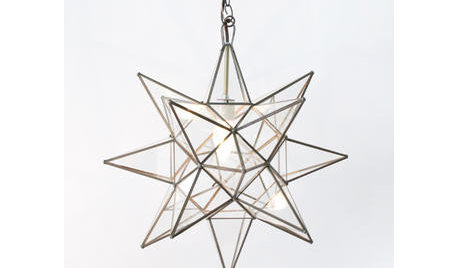
PRODUCT PICKSGuest Picks: Winter Lights to Ward Off Dark Nights
Don't let less daylight around the winter solstice get you down — these lights, candles and mirrors will keep your home merry and bright
Full Story
CONTAINER GARDENSHappy Houseplants, Happy People
Potted plants add life and beauty to a room. Learn easy ways to keep them healthy
Full Story
LIFESimple Pleasures: A Long Winter’s Nap
This time of year we can always use a little extra rest. Make it easy with these ideas for daytime napping
Full Story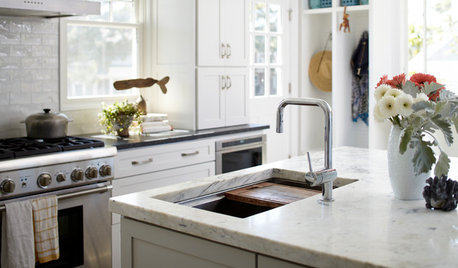
KITCHEN DESIGNKitchen of the Week: Double Trouble and a Happy Ending
Burst pipes result in back-to-back kitchen renovations. The second time around, this interior designer gets her kitchen just right
Full Story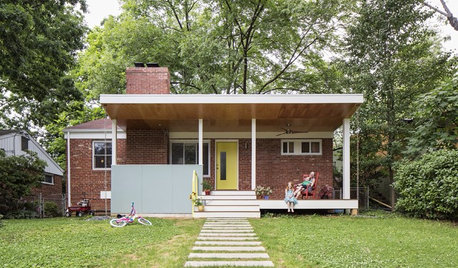
FEEL-GOOD HOMEWhat Really Makes Us Happy at Home? Find Out From a New Houzz Survey
Great design has a powerful impact on our happiness in our homes. So do good cooking smells, family conversations and, yes, big-screen TVs
Full Story
WORKING WITH AN INTERIOR DESIGNER5 Qualities of a Happy Designer-Client Relationship
Cultivate trust, flexibility and more during a design project, and it could be the beginning of a beautiful alliance
Full Story
GARDENING GUIDESHouzz TV: Make a Worm Bin for Rich Soil and Happy Plants
A worm-powered compost bin that can fit under a sink turns food scraps into a powerful amendment for your garden. Here’s how to make one
Full Story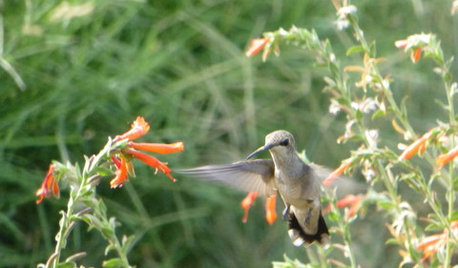
GARDENING GUIDESSweet Serendipity: Opening to Happy Garden Discoveries
Unplanned nature scenes can be unbelievably beautiful; you just need to know how to look
Full StorySponsored
Custom Craftsmanship & Construction Solutions in Franklin County
More Discussions






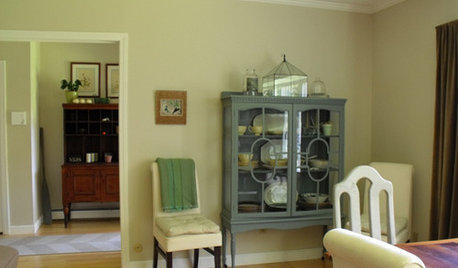

bettycbowen
chrholme
Related Professionals
Danbury Landscape Architects & Landscape Designers · Bridgetown Landscape Architects & Landscape Designers · Roxbury Crossing Landscape Architects & Landscape Designers · Edmond Landscape Contractors · Apollo Beach Landscape Contractors · Berwyn Landscape Contractors · Clark Landscape Contractors · Fuquay-Varina Landscape Contractors · Benton Decks, Patios & Outdoor Enclosures · Boynton Beach Decks, Patios & Outdoor Enclosures · Fort Myers Decks, Patios & Outdoor Enclosures · Justice Decks, Patios & Outdoor Enclosures · Owings Mills Decks, Patios & Outdoor Enclosures · St. Louis Decks, Patios & Outdoor Enclosures · Wilmington Decks, Patios & Outdoor EnclosuresOkiedawn OK Zone 7Original Author
chickencoupe
Okiedawn OK Zone 7Original Author
chrholme
Okiedawn OK Zone 7Original Author